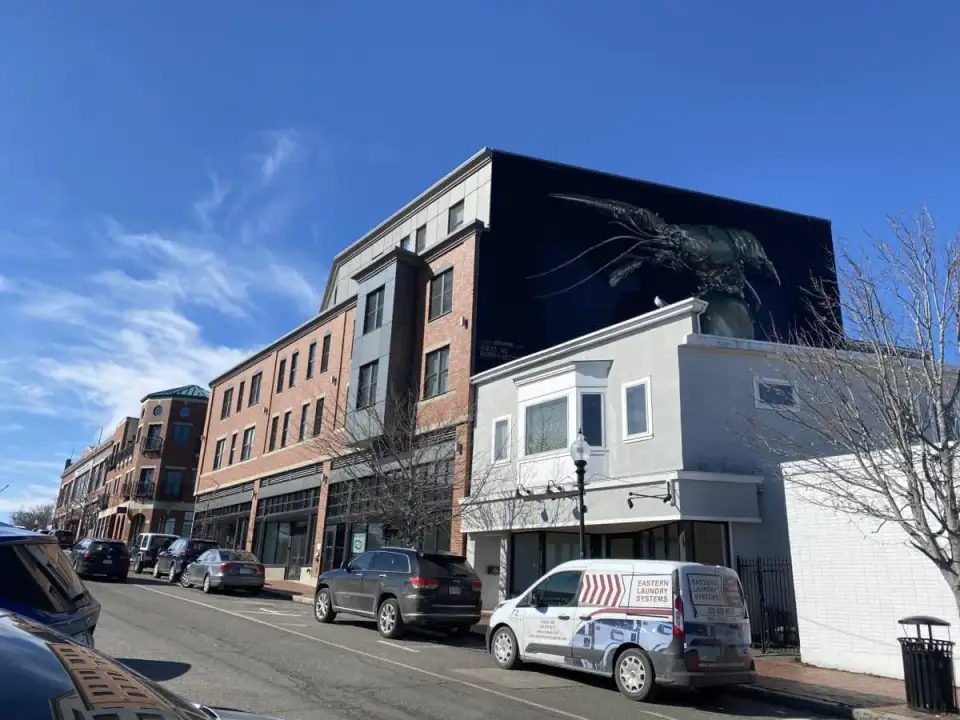
Massachusetts has seen a surge in the construction of Passive House apartment buildings, largely due to two statewide incentive programs that went into effect in 2018 and 2019. Several projects that were begun after the incentives went into effect have recently been completed, resulting in 257 new Passive House units statewide. Several other projects that have taken advantage of the incentives are currently underway and will soon provide approximately 6,000 units of housing to the state.
Compared to code-built homes, buildings that meet Passive House standards offer occupants greater thermal comfort, improved air quality, and lower energy bills through the use of continuous insulation, airtight building envelopes, high-performance glazing, mechanical ventilation, and detailing that eliminates thermal bridging.
The trade-off, however, is that Passive House construction is more expensive than structures built to code, though that premium is declining as the standard goes mainstream and more builders become familiar with it. Furthermore, the incentives help level the playing field.
“We’re getting closer and closer to the mainstream,” executive director of Passive House Massachusetts Aaron Gunderson told Energy News Network. “The incentives help people get over that initial hesitancy to change and, once they discover what Passive House is, there’s no looking back.”
The Passive House Design Challenge
The first of the incentives introduced in Massachusetts came online was the Passive House Design Challenge, which was a grant program initiated in 2018 by the Massachusetts Clean Energy Center. This program was designed to help finance the construction of new multifamily buildings that achieve Passive House performance standards.
Ultimately, the program awarded eight affordable housing developments $4,000 per unit—for a total of $1.73 million—with projects ranging from the 30-unit Harbor Village in Gloucester to a 135-unit, transit-oriented complex in the Boston neighborhood of Mattapan.
The Gloucester project, which is being developed by the North Shore Community Development Corp., will include heat in the rent to address fuel poverty. “Too often with low-income families they really struggle to pay high energy bills,” said Mickey Northcutt, chief executive of the organization. “We really try to moderate that cost.”
Mass Save
In July 2019, Mass Save, which administers the utilities’ legally mandated energy efficiency programs, began offering incentives for affordable and market-rate developments that pursue Passive House certification. Their program offers up to $5,000 for feasibility studies per project and up to an additional $20,000 for pre-construction energy modeling. Additional funding is made available if the project achieves Passive House certification, but buildings that fall short are still eligible for a performance incentive.
“This is good, because most people are scared of this idea of pass-fail,” said Beverly Craig, senior program manager at the clean energy center. “They’re giving you a bonus for trying.”
“Anything that takes some of the bite off of that cost is helpful, especially in an environment where the costs are going upward every day,” said Dave Traggorth, principal at real estate advisory firm Traggorth Companies. The firm is currently developing two Passive House projects that will bring a total of 57 units to the market.
This post has been adapted from an article that appeared in Energy News Network here.
Photo credit: Sarah Shemkus